America’s Top Designers Are Both Embracing and Breaking With Tradition
Smithsonian’s Cooper Hewitt announces ten National Design Award winners
/https://tf-cmsv2-smithsonianmag-media.s3.amazonaws.com/filer/2b/bd/2bbd64e1-b1f2-4764-8e77-ec7ada2b4562/2018-nda-bannergrid_2400x1800crop.jpg)
More than 30 years ago, Anne Whiston Spirn set out to study the many vacant lots in Boston’s Dudley Street neighborhood. Looking at topographic and historical maps, she learned that not only had those lots perpetually been vacant over time, but also that they were at the bottom of a valley, through which a stream once ran.
“This was for me a great example of the interplay between socioeconomic processes and natural processes,” says Spirn, now a professor of landscape architecture and planning at Massachusetts Institute of Technology and one of ten recipients of the Cooper Hewitt, Smithsonian Design Museum’s 2018 National Design Awards. The New York City-based museum announced this year’s award winners on May 8, 2018.
Instead of building new housing on those vacant lots, which would be prone to flooding, the city should come up with creative, unobtrusive ways of dealing with the wastewater, such as by turning the lots into parks, Spirn suggested years ago. She began calling that kind of thinking “ecological urbanism,” which involves “looking at the city as an ecosystem, looking at the city as part of the natural world, and looking at the city as shaped by natural processes of air, earth, water, life,” she says now, “as well as by social, economic and political processes.”
That theory helped earn her a National Design Award in the “Design Mind” category. The contest began in 2000 to commemorate achievements in categories such as fashion, architecture and landscape.
“It means the world to us, because Cooper Hewitt has really in many ways set the bar for sharing the value of design across all the disciplines with a broader audience,” says Marion Weiss, whose firm, WEISS/MANFREDI, won the award for Architecture Design.
Since she and Michael Manfredi launched their company in the early 1990s, they have designed structures as varied as cultural centers on college campuses, a United States embassy and a sculpture park for a major museum. But the two believe the projects in their diverse portfolio share a theme. “We try to bring a public dimension to the project,” says Manfredi. “We as designers need to reclaim a sense of public territory. . . . We’re seeing the public realm being eroded at a time when open space is increasingly important, not only psychologically, but physically.”
Among their past projects is the visitor’s center at the Brooklyn Botanic Garden in New York City, which features a roof that is home to more than 40,000 plants. Manfredi describes it as “an experiment that’s constantly changing, because as the seasons change, the character and the aesthetic of the roof changes.” In the spring, the roof of meadow grasses, wildflowers and bulbs is a vibrant green, while in the summer it is more of a straw color, for example.
Another winner, for Fashion Design, is Christina Kim, who creates clothes in ways that incorporate long-standing traditions and sustainable materials.
“Clothing, it’s [just] something that you wear,” says Kim, who founded the Los Angeles-based design house dosa. Her work, on the other hand, focuses on “conscientious production, using materials that are much more sensible, using ingredients that are much more traceable, and following traditional work.” That interest stems from her experience as an immigrant from Korea. “My life was very much about hand traditions, and I felt that, as much as I loved coming to America and understanding American culture, I really missed the fact that things were handmade,” she says. “I wanted to make sure that my work involved keeping the tradition of hand work alive.”
For one project, she provided women in the Oaxaca region of Mexico with scraps of fabric so that they could hand-stitch them into the shape of hearts, a local tradition, in order to provide employment and recycle materials. The women have since made more than 111,000 of them. Another project has involved Khadi, a traditional handwoven fabric that people in India have made and worn for centuries.
The other award recipients are: the designer, writer and educator Gail Anderson for Life Time Achievement; Design for America, a national network of innovators for Corporate and Institutional Achievement; the Seattle-based Civilization founded by Michael Ellsworth, Corey Gutch and Gabriel Stromberg for Communication Design; MIT professor Neri Oxman for Interaction Design; the Miami-based firm Oppenheim Architecture + Design for Interior Design; the Boston-based Mikyoung Kim Design for Landscape Architecture; and the furniture design firm Blu Dot in Minneapolis for Product Design.
“All ten of this year’s winners present a powerful design perspective and body of work that is at once inclusive and deeply personal, accompanied by great achievement, humanity and social impact,” Caroline Baumann, director of Cooper Hewitt, said in a statement. “I am excited to share our winners with the world at large as we chart an ambitious path for our most prominent educational initiative that further elevates Cooper Hewitt as a national platform for design.”
/https://tf-cmsv2-smithsonianmag-media.s3.amazonaws.com/accounts/headshot/MAx2.jpg)
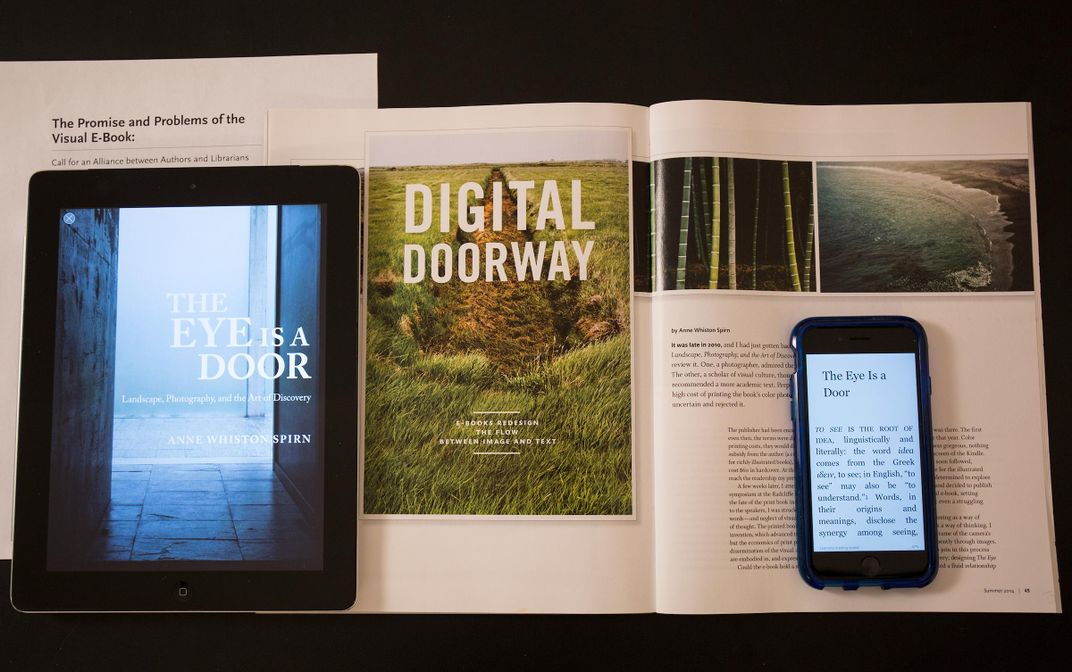
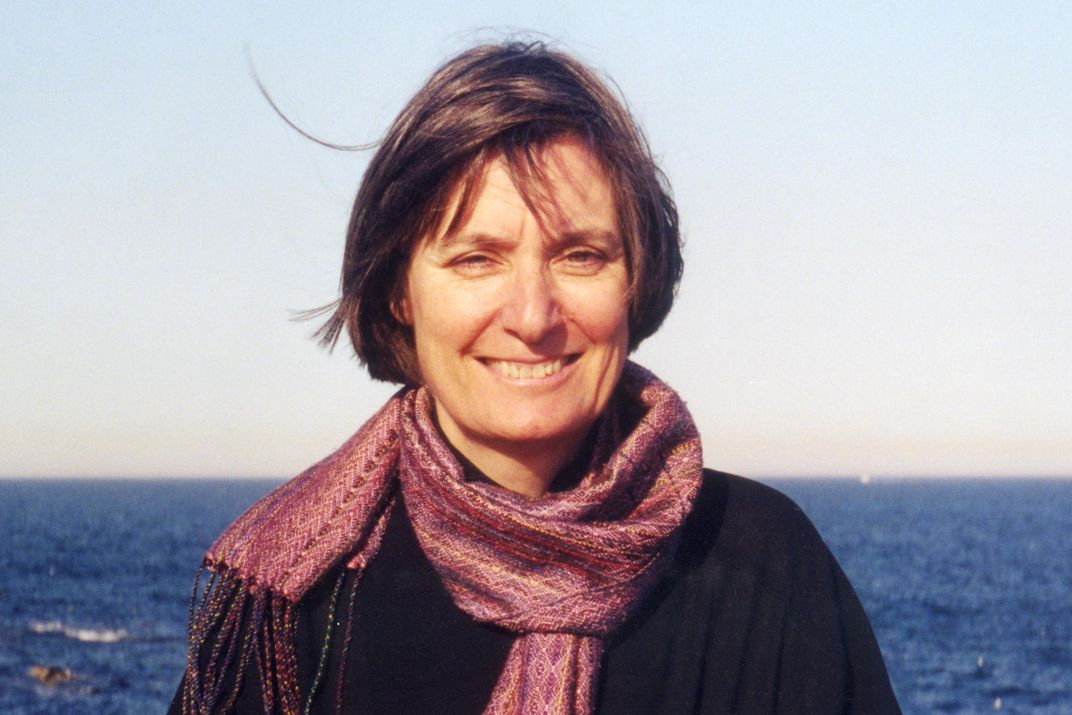
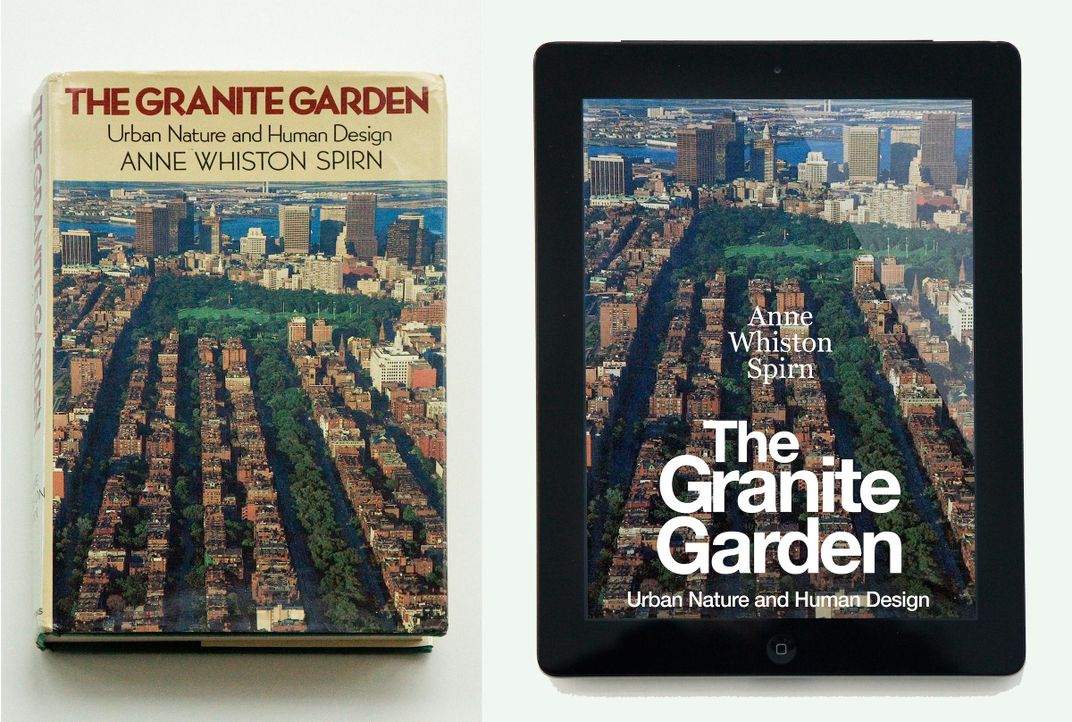
/https://tf-cmsv2-smithsonianmag-media.s3.amazonaws.com/filer/c5/bd/c5bd9cfd-1578-4752-ab33-987bdcb57efe/weissmanfredi00_marionweiss_michaelmanfredi.jpg)

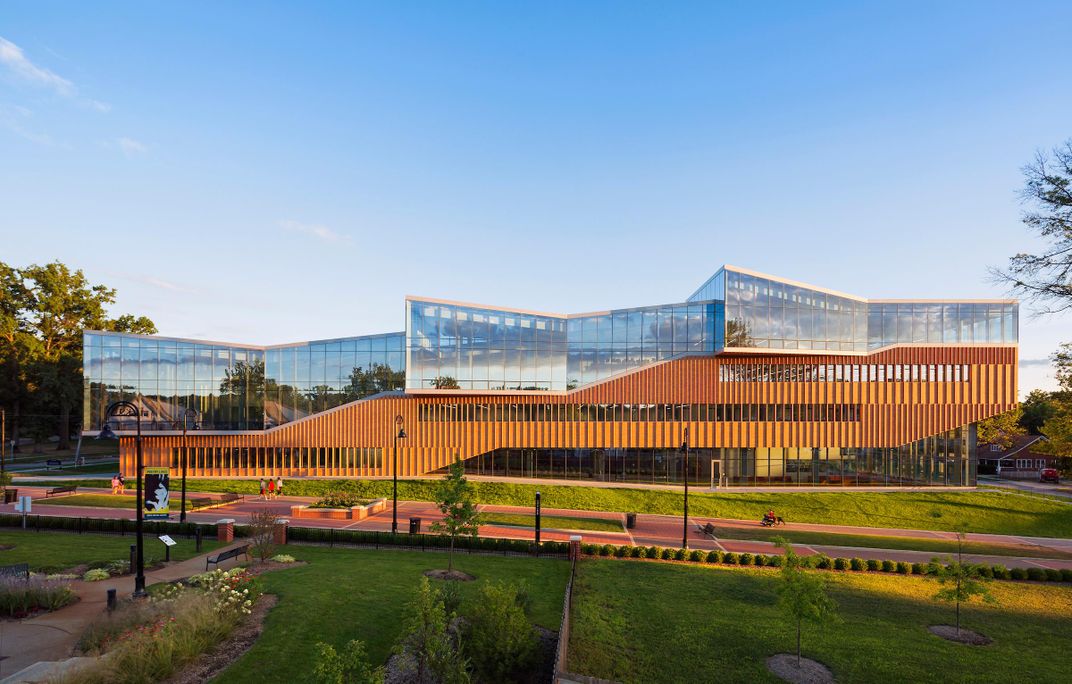
/https://tf-cmsv2-smithsonianmag-media.s3.amazonaws.com/filer/a3/6c/a36c77eb-c351-4489-9645-3aea03e25f57/weissmanfredi10_brooklyn_botanic_garden_visitor_center.jpg)
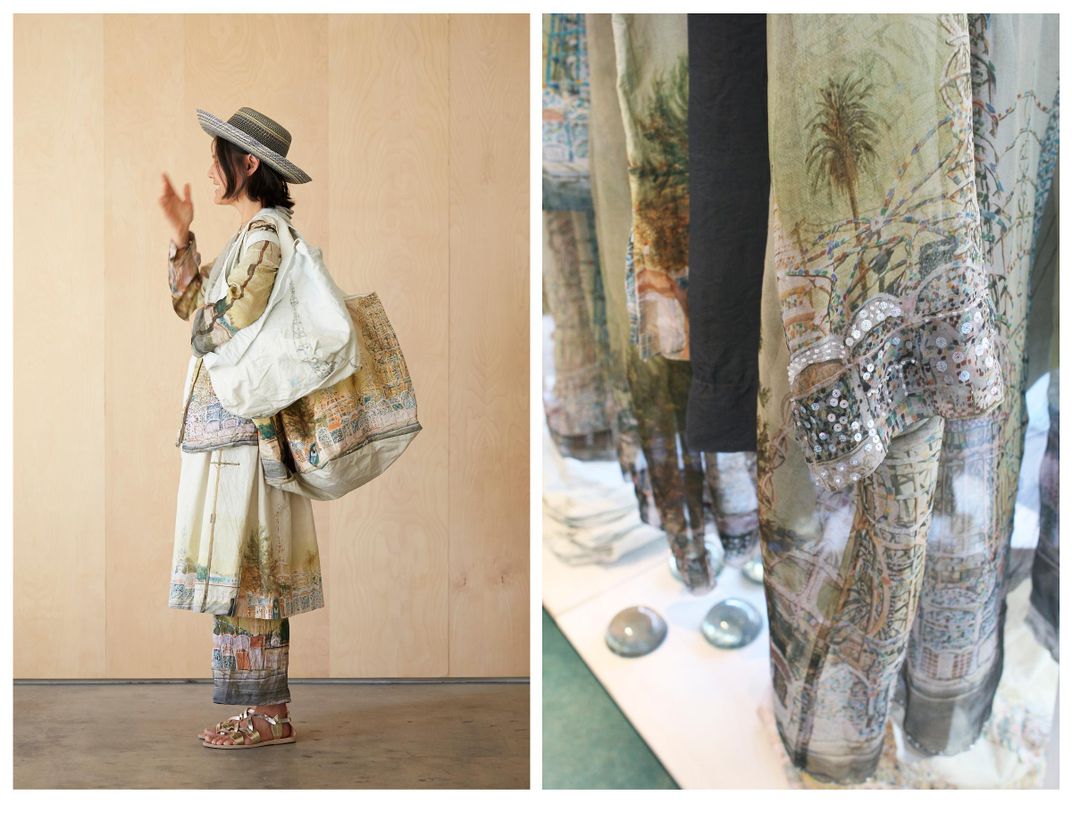
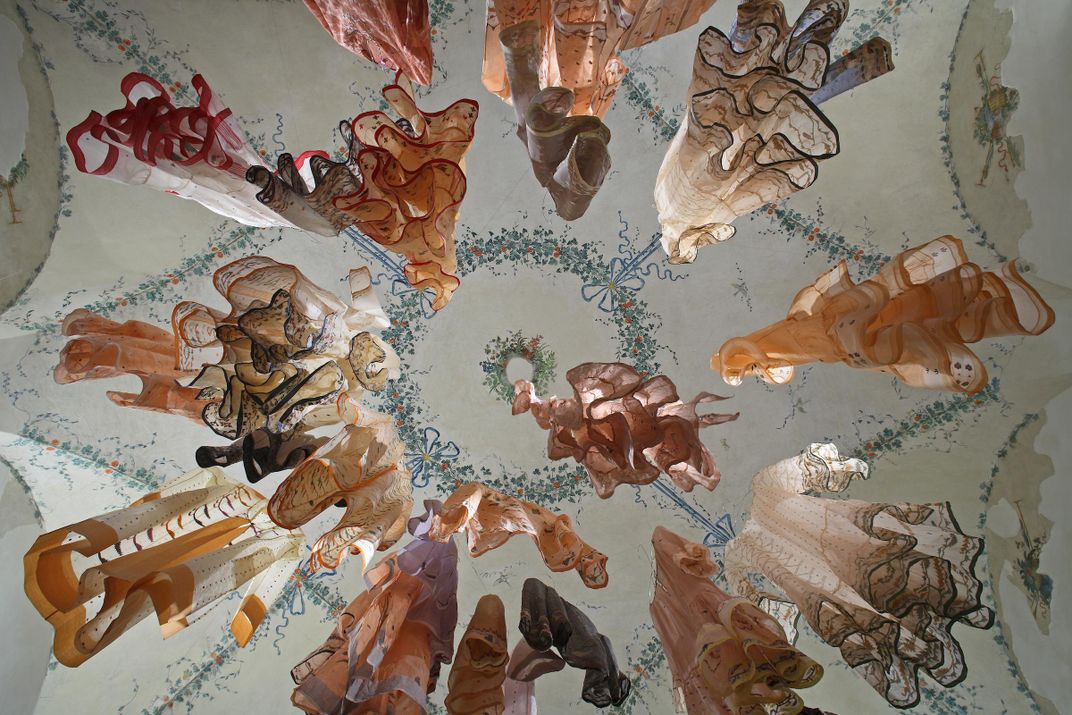
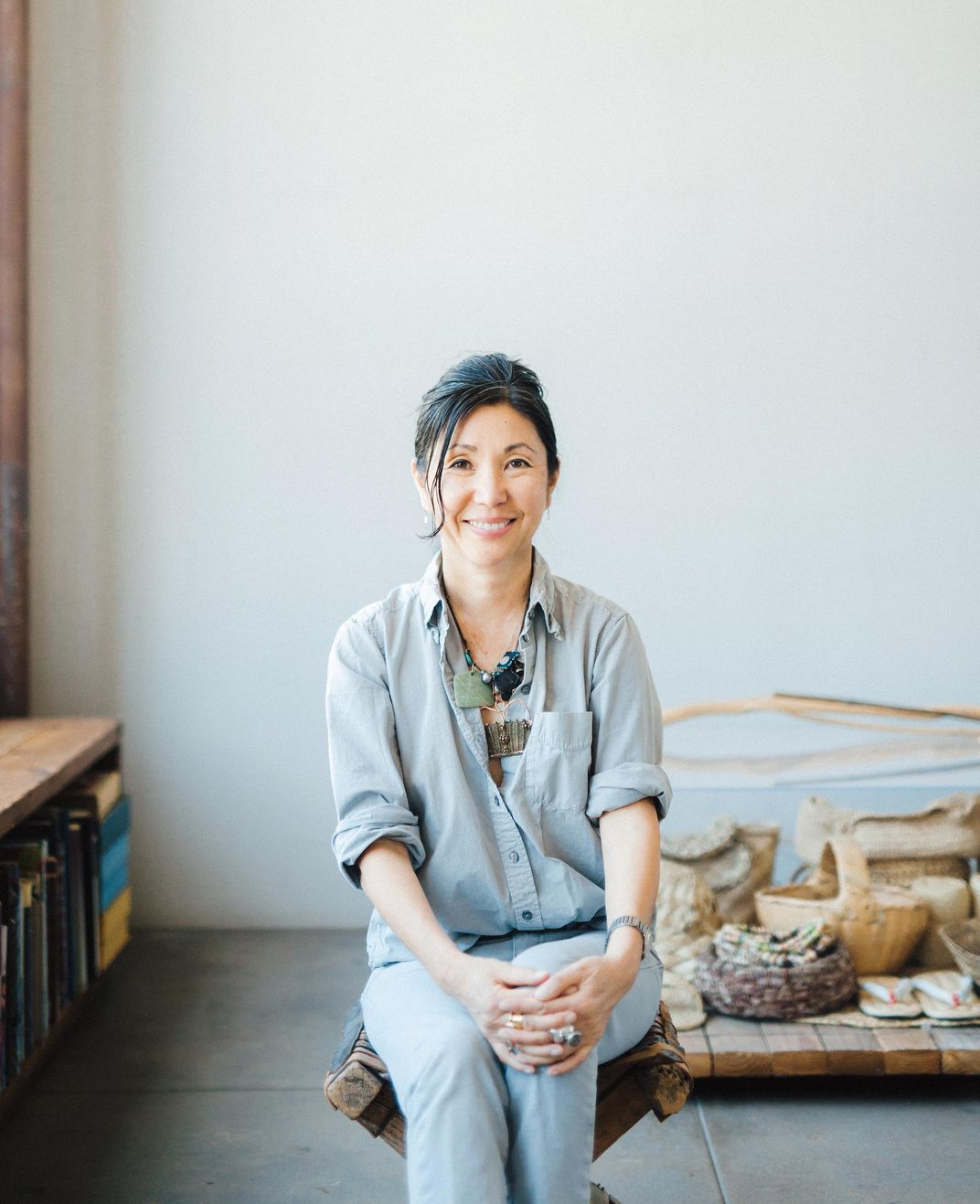
/https://tf-cmsv2-smithsonianmag-media.s3.amazonaws.com/accounts/headshot/MAx2.jpg)